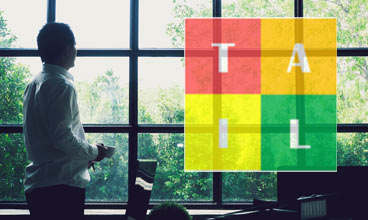
Indoor air quality: what is the TAIL indicator?
How to measure indoor air quality? What is TAIL and how does it work? What does it measure? What are its objectives?
EFFICAP ENERGIE
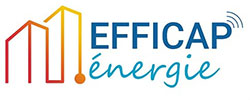
EFFICAP-Energie helps its customers, mainly large flat blocks, to save energy while improving thermal comfort, by focusing on actions with a rapid return on investment (ROI < 1, or 2 years).
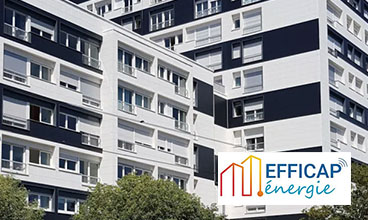
The energy efficiency of buildings has become a major concern for co-owners, especially as the rise in energy prices accelerates.
The major challenge is to reduce heating energy consumption, which is the biggest item of expenditure for a co-ownership.
EFFICAP Energie works daily with condominium owners and trustees to help them control indoor temperatures and generate 10% to 20% annual energy savings long-term, with very little work.
Moreover, the savings generated from the 1st year onwards will free up the budget for other work with longer payback periods, either on the heating system or the building itself (ITE, roof insulation, etc.).
In 2020, they participated in a renovation project for a co-ownership of 170 homes in 2 buildings in Paris.
30 to 50%
In co-owned properties, heating is generally the largest item of expenditure, accounting for 30-50% of the annual budget.
50 to 70%
In the commercial sector, HVAC (Heating, Ventilation and Air Conditioning) accounts for 50 to 70% of annual energy expenditure.
Building identity:

Building identity
SdC 20-22 rue d’Arcueil
Year of construction
1969
Number of buildings
2
Number of homes
170
Heating type
Collective
Winner of the City of Paris’ EcoRénovons Paris scheme.
The project to renovate the 20 rue d’Arcueil condominium in Paris is an exemplary energy renovation initiative.
Initiated in 2015, this project has seen the co-ownership undertake a series of works to improve the energy efficiency of its 170 homes.
The main actions include the renovation of the boiler room, the replacement of lights with LEDs, the thermal insulation of terraces, facades, and floors, the installation of an innovative heating regulation system based on weather forecasts, and the installation of charging points for electric vehicles.
The results are significant, with a 55% reduction in energy consumption since 2014, a reduction in carbon emissions, and a clear improvement in thermal comfort for co-owners.
To find out more about the project, visit: https://www.coachcopro.com/projets-realises/20-rue-d-arcueil-75014-paris
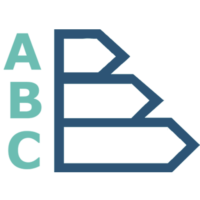
Improving
energy performance

Ensuring
occupant satisfaction

Reducing costs
Consumption before project
171 kWhep/m²/year
Consumption after project
94 kWhep/m²/year
Discover our case studies for optimising the use of your buildings while improving the organisation of your services.

How to measure indoor air quality? What is TAIL and how does it work? What does it measure? What are its objectives?

To achieve the objectives of the tertiary decree, several levers of action exist, such as monitoring energy consumption using IoT.

Indoor Air Quality: how and why should it be measured? What is required by the regulation? How to act?
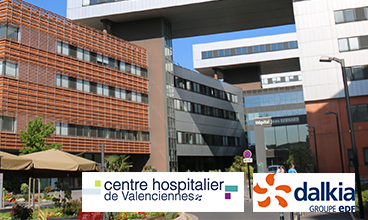
Dalkia is helping the Valenciennes Hospital to set up ambient temperature monitoring in its buildings.
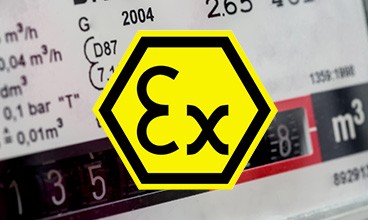
How to use IoT networks and sensors in SEVESO sites or ATEX zones in complete safety? Adeunis answers you.
21/03/2024
expertise to support you, from the diagnosis to the implementation of your solution
Subscribe to our newsletter!
Your e-mail address is only used to send you our newsletter and information about our company. You can unsubscribe at any time using the link included in each email.
